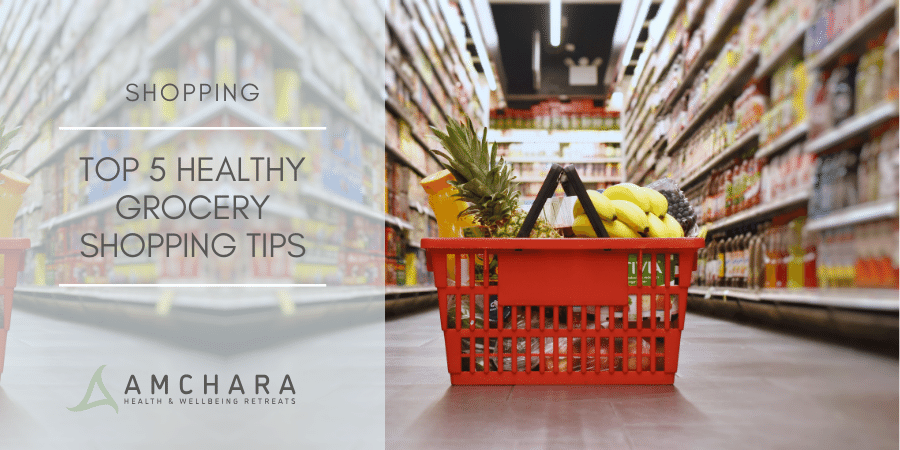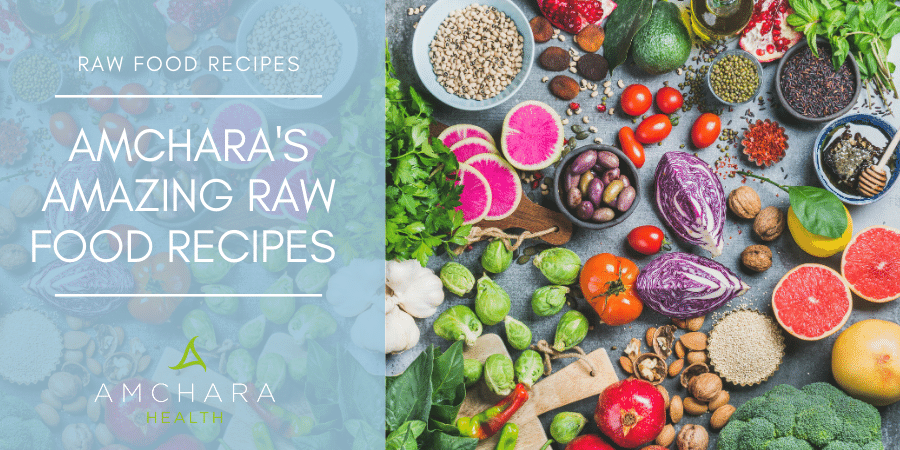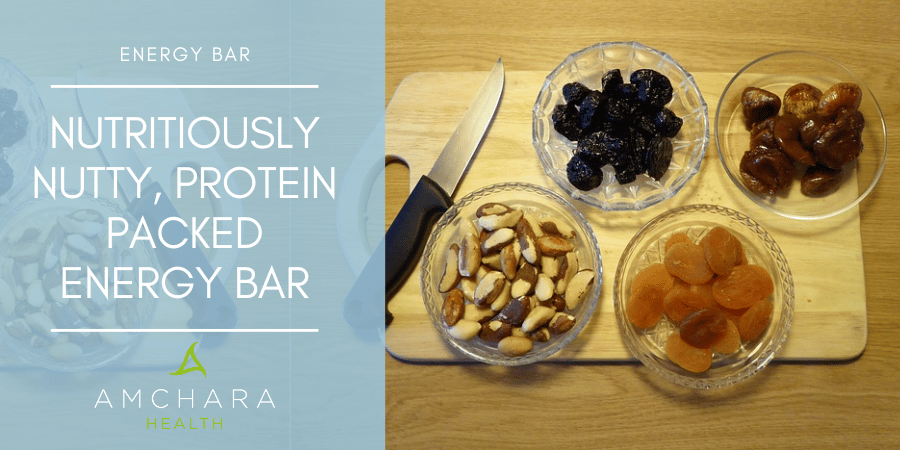When you first begin making positive changes to your lifestyle, you can be astounded by array of choice available to consumers.
While variety can be a positive step when it comes to dietary choices, you can find yourself aimlessly wandering around the supermarket – feeling overwhelmed and inevitably reverting back to old habits.
Here are the top five tips that I stick to when shopping:
1. Plan ahead
I’m a big list maker – have a list on your fridge or mobile of things that you need that you can update daily. Include a basic list of foods that you enjoy – i.e. selected fruits and vegetables/and or protein for meals, nuts and seeds for trail mixes plus ingredients for healthy desserts. This ensures that you always have ingredients on hand. You can then add items to make any new recipes you may come across. Healthy eating doesn’t need to be boring.
2. Avoid the aisles
Most packaged products are devoid of any nutrients and heavily processed. Stick to shopping on the outer areas of the supermarket where the real food is stocked – like the produce section and butcher/fish monger depending on dietary choices. I may go down the “health food” aisle (I use that term loosely) to pick up some nut butters, coconut water etc – but don’t be fooled into grabbing the “Triple Choc Brownies” just because they’re stocked in that aisle and they’re gluten free!
3. Know your numbers
If you do purchase packaged products, read the ingredients list. If it looks like a NASA science experiment or the used by date is well in advance – put it back on the shelf. Gain an idea on what the numbers on the ingredients really mean. While artificial ingredients are deemed safe by regulating bodies, decide for yourself what is safe for your own body.
4. Don’t shop on empty stomach
If you go shopping starving, you’ll be tempted to grab anything and everything you can get your hands on (crisps are my go-to item) and then you’ll go home with choices made while you were hungry and not thinking clearly. Have a snack before you go, so you can focus on that list you’ve been preparing.
5. Shop local and in season
When you shop at markets and local greengrocers you can be informed as to where the produce is coming from. Not only can you reduce the carbon footprint by buying closer to the source, the fresher the produce is. When produce has to be shipped at great distances, not only does it damage the environment, but the produce has to be picked early on – therefore Loss of nutrients can be more than you would expect.




